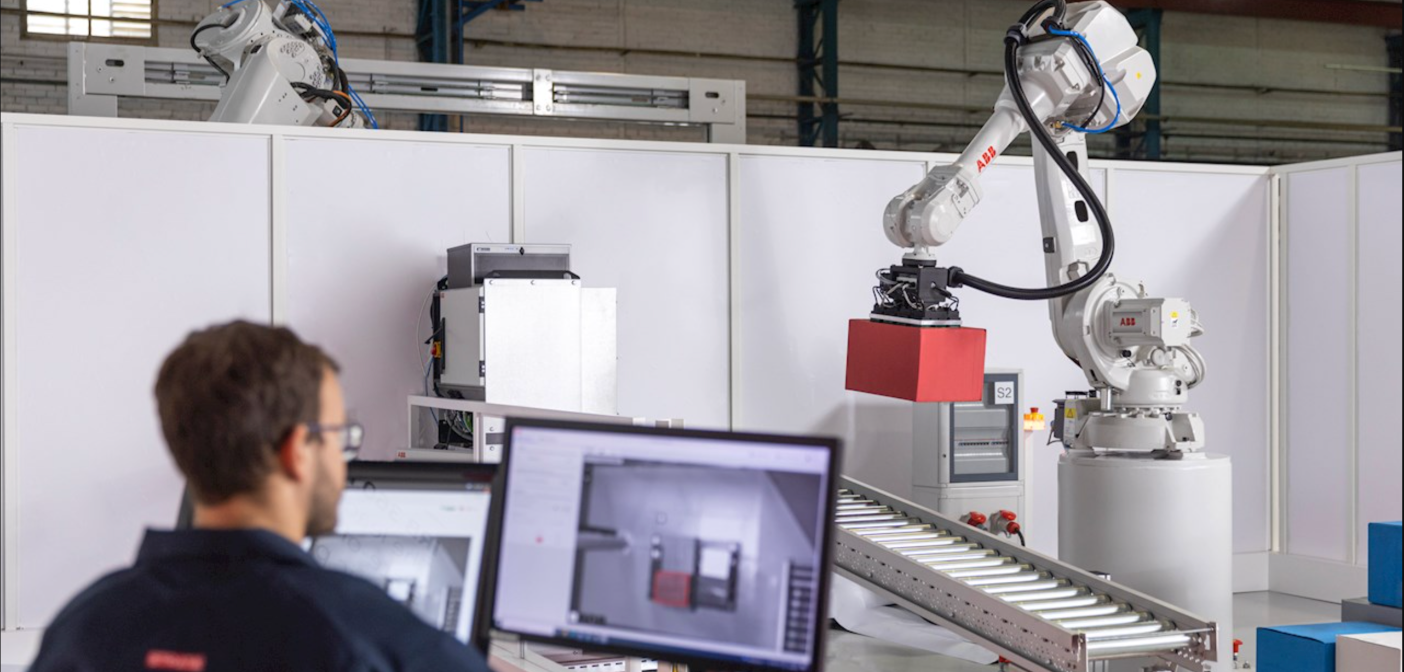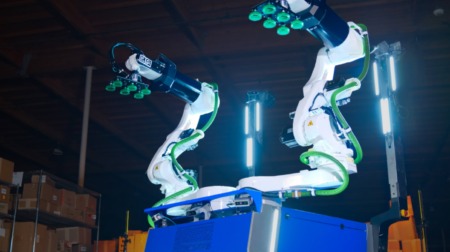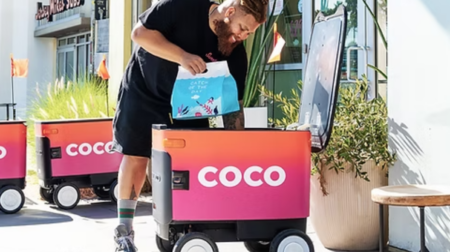ABB has launched a robotic depalletiser solution for handling complex depalletising tasks in the logistics, e-commerce, healthcare, and consumer packaged goods industries.
Using machine-vision software and machine-learning algorithms, ABB’s new solution can quickly assess a wide variety of box types, enabling customers to efficiently process assorted loads, of up to 2.8m high, with little engineering effort and short set-up time.
“Changes in consumer behaviour are leading to a rise in new sales channels such as omni-channel, direct to consumer (D2C) and e-commerce. These, in turn, are driving the need for more flexible and efficient order fulfilment and distribution infrastructures,” said Marc Segura, ABB’s robotics division president.
“With the ability to depalletise boxes stacked in a variety of configurations from single and mixed pallets, ABB´s robotic depalletiser helps to meet this need, allowing faster and more accurate handling of a wide range of goods ready for the next stage in the distribution process.”
ABB software uses the information gathered by the vision sensor to provide the robot with a suitable grasping point for each box. The robot then picks up the box – weighing up to 30kg – and places it on either another pallet or an outfeed conveyor. The speed and accuracy of the system enables it to work at a peak rate of up to 650 cycles per hour, 24 hours a day.

The vision sensor enables the robot to detect specific carton boxes on pallets, allowing reliable depalletising of several different load types. These include pallets comprised of a single type of box in defined layers; ‘rainbow’ pallets containing a number of different box types; and mixed pallets, which have a wide range of boxes with varying weights, shapes and materials.
The solution can be supplied with a range of four- and six-axis robots to provide the flexibility required to perform either simple or more complex depalletising tasks. ABB’s RobotStudio digital twin software is also available, allowing customers to build bespoke application simulations with their own box dimensions, weights and pallet patterns.
Modular collaborative layouts can be tailored to suit customer needs and incorporate advanced laser and radar scanner and light curtain systems to scan the robot’s surroundings, ensuring the safety of workers. To further enhance flexibility, ‘the solution can also be integrated with autonomous mobile robots to produce a highly capable and flexible goods handling system for warehouses and dispatching centres, with set-up times as short as three weeks.







